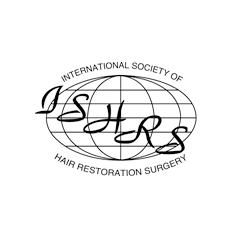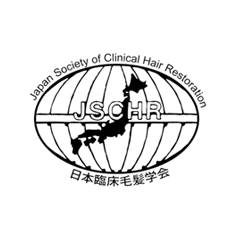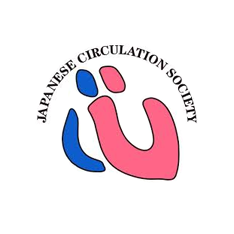PTGES2 gene
PGE2 and minoxidil
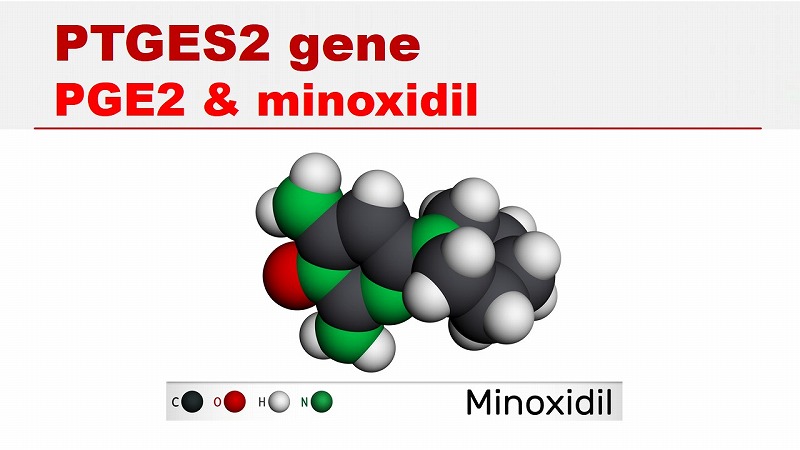
The exact mechanism of the action of minoxidil on hair follicular cells is still unknown.
PTGES2 gene is involved in the activity of the PTGES2 enzyme.
An increase in the level of prostaglandin E2 (PGE2) produced by fibroblasts induces hair growth, while a decrease in PGE2 levels leads to alopecia.
The PTGES2 gene encodes the synthesis of PGE2.
PGH2 is converted to PGE2.
Minoxidil increases PGE2 levels, which stimulates hair follicles.
Analysis of SULT1A1 and PTGES2 genes may provide us with information about the individual response to minoxidil.
Genetic analysis may allow patients to know whether they are responders or non-responders to minoxidil before the treatment of hair loss with minoxidil.
Testosterone Signaling Pathways
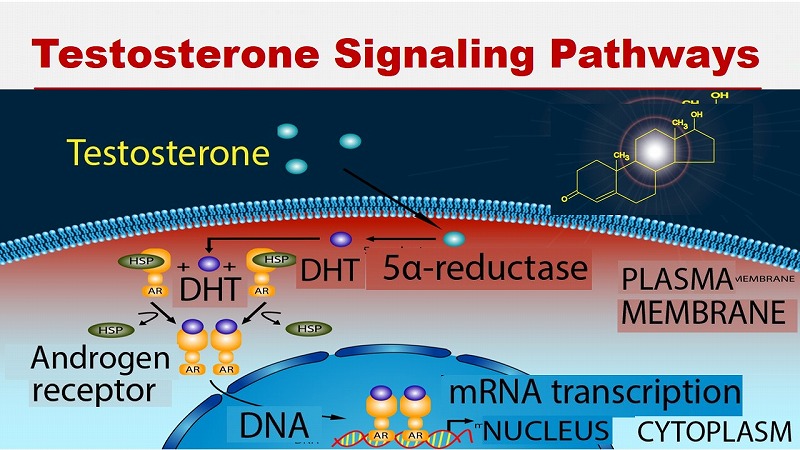
The next issues are testosterone, 5 alpha-reductase (5α-reductase) and DHT.
Testosterone is metabolized to DHT by an enzyme named 5α-reductase, which is a protein distributed widely not only in the androgen-sensitive tissues but also in the skin fibroblasts and dermal papillae in the hair follicles.
5α-reductase is abundant in the dermal papillae, which are the main sites of androgen receptors.
5α-Reductase and DHT
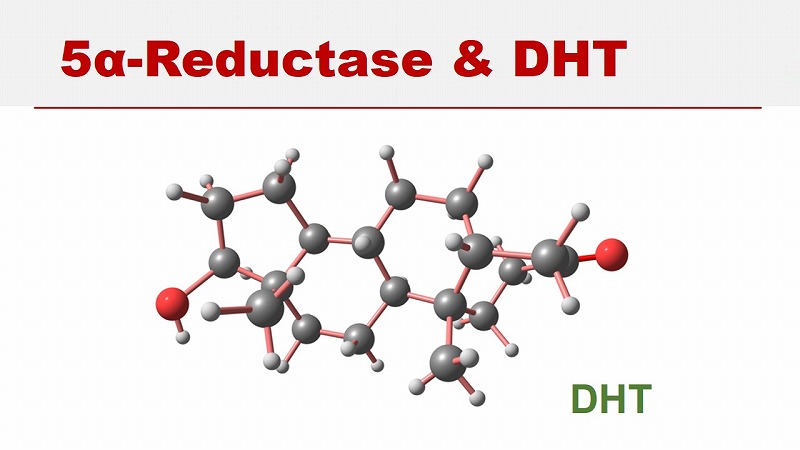
There are two different types of genes for 5α-reductase. They are type I and type II isoenzymes.
Both produce DHT from testosterone, but the pharmaceutical and biological properties, as well as their tissue and cell types, differ between them.


